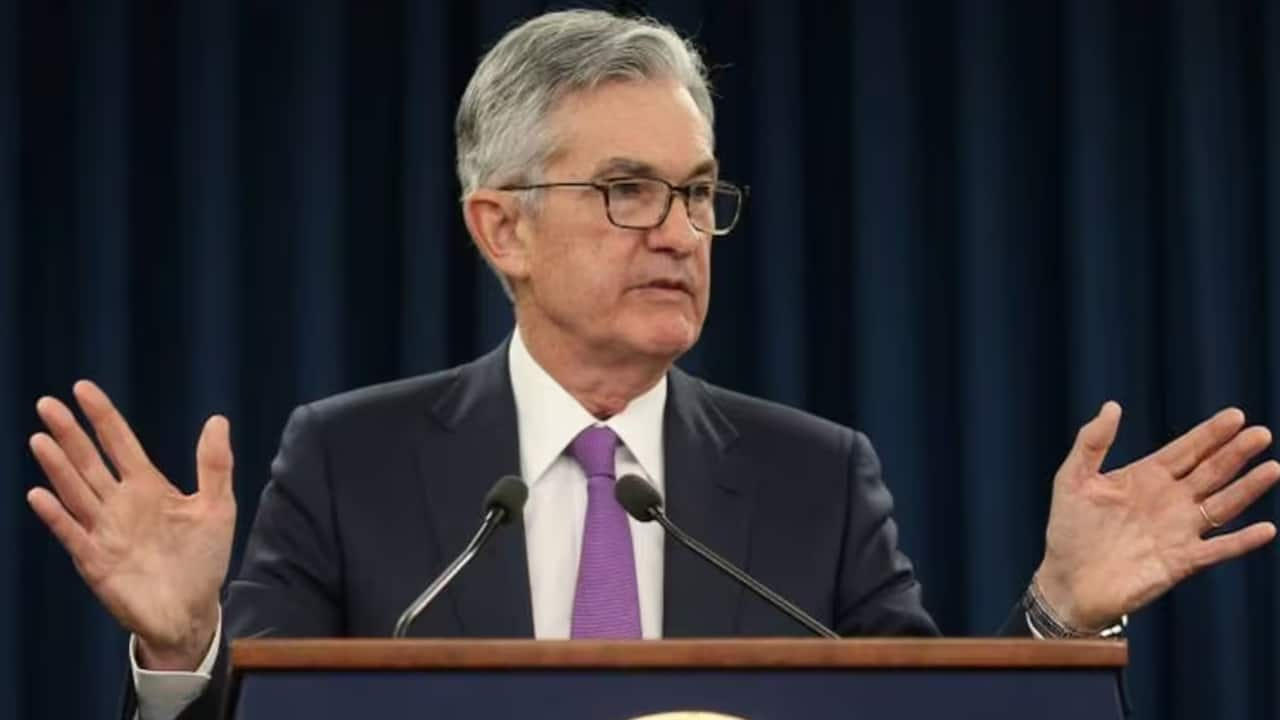Federal Reserve Chair Jerome Powell again stressed the central bank must ensure tariffs don’t trigger a more persistent rise in inflation. “Our obligation is to keep longer-term inflation expectations well anchored and to make certain that a one-time increase in the price level does not become an ongoing inflation problem,” Powell said Wednesday at the Economic Club of Chicago. Powell said policymakers would balance their dual responsibilities of fostering maximum employment and stable prices, “keeping in mind that, without price stability, we cannot achieve the long periods of strong labor-market conditions that benefit all Americans.
” In a note to clients, JPMorgan Chase & Co. Chief US Economist Michael Feroli said the comment positioned price stability as a “prerequisite” to sustainably achieving the Fed’s employment mandate. “By continuing to be attentive to the inflation side of the Fed’s mandate, he again pushed back on market pricing of a prompt monetary policy response to signs of a deteriorating growth outlook,” Feroli said.

US stocks extended losses following Powell’s remarks. Yields on the 10-year US Treasury note declined modestly. The remarks reinforce a message Powell has repeatedly emphasized, including most recently on April 4: Fed officials are in no hurry to change the central bank’s benchmark policy rate.
Derek Tang, an economist at LH Meyer/Monetary Policy Analytics in Washington, drew attention to Powell’s comment that the Fed must “make certain” that a tariff-driven jump in prices doesn’t feed longer-run inflation. “That ‘certain’ word is very, very interesting,” Tang said. “Because certainty is a high bar.
” As they seek greater clarity about how President Donald Trump’s economic policies — especially on trade — will affect the US economy, Powell and other Fed policymakers have expressed support for holding rates steady. Holding Steady “For the time being, we are well positioned to wait for greater clarity before considering any adjustments to our policy stance,” Powell said. In a question-and-answer session that followed his speech, Powell said he expects unemployment and inflation will each be headed away from the Fed’s goals “probably for the balance of this year.
” The Fed chair acknowledged that a weakening economy and elevated inflation could eventually bring the central bank’s two goals into conflict. “We may find ourselves in the challenging scenario in which our dual-mandate goals are in tension,” he said. “If that were to occur, we would consider how far the economy is from each goal, and the potentially different time horizons over which those respective gaps would be anticipated to close.
” Powell also commented on recent financial market turmoil, stressing that markets were functioning “just about as you would expect them to function.” “Markets are struggling with a lot of uncertainty, and that means volatility,” Powell said, “but having said that, markets are functioning.” He added, “markets are doing what they’re supposed to do.
They’re orderly.” Trump has continued to dramatically shift his plans for imposing new tariffs, leaving businesses, consumers and global financial markets on edge. He backtracked on so-called reciprocal tariffs announced on April 2, after the plans sent markets into turmoil.
He pressed forward with a baseline 10% global tariff and duties in excess of 100% on China, then sent mixed signals on creating exemptions for smartphones and other technology products. He’s also imposed tariffs on auto, steel and aluminum imports, and signaled pharmaceuticals and semiconductors may be next. Many analysts estimate the tariffs will boost inflation and slow economic growth, a view Powell shares.
Inflation, as measured by the Fed’s preferred gauge, was 2.5% in the year through February, well down from its post-Covid peak but still stubbornly above the Fed’s 2% target. In the speech, Powell said estimates suggest that measure will come in at 2.
3% in March. Inflation Expectations Powell repeated Wednesday that the level of the tariff increases announced so far is significantly larger than anticipated. He added that the duties are highly likely to generate at least a temporary rise in inflation, but that the inflationary effects could also be more persistent.
“Avoiding that outcome will depend on the size of the effects, on how long it takes for them to pass through fully to prices and, ultimately, on keeping longer-term inflation expectations well anchored,” he said. Fed officials cut interest rates three consecutive times at the end of 2024, but started 2025 signaling they would take a more patient approach in the face of sticky inflation. Many officials have doubled down on that thinking, emphasizing the need to minimize the risk that tariffs lead to a persistent rise in inflation and Americans’ long-term expectations for price growth.
Meanwhile, layoffs and unemployment, at 4.2% in March, remain low. US employers added 228,000 jobs last month, exceeding forecasts.
Powell said the central bank is not particularly close to stopping its balance sheet unwind, adding reserves are still abundant. He noted a slower pace of runoff means the Fed can continue to shrink its portfolio of assets for longer..















